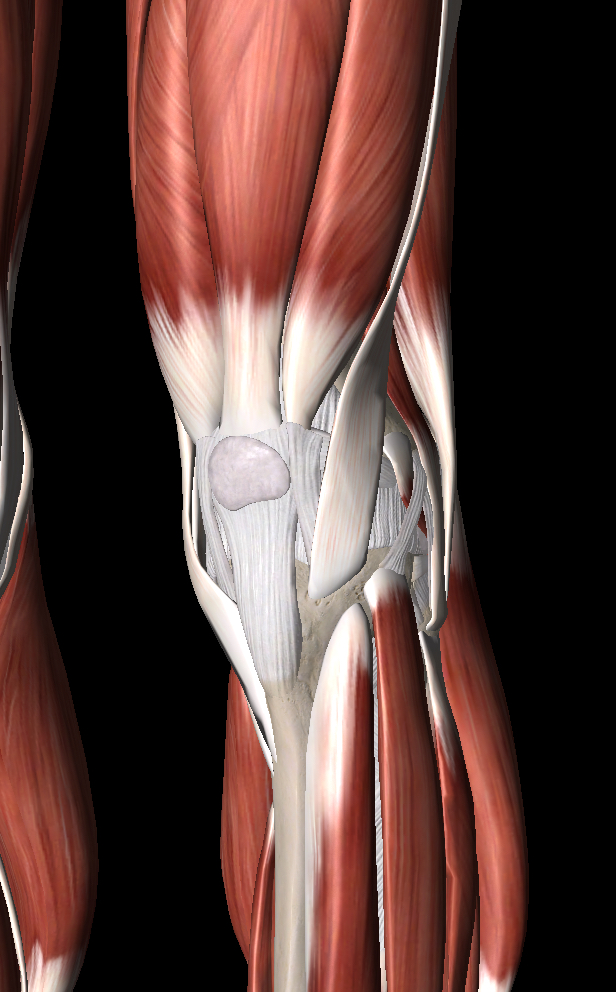Do you have knee pain while running or walking? How physiotherapy can help!
Runner’s Knee (aka patellofemoral syndrome, chondromalacia patellae, or iliotibial band syndrome) is a broad term used to describe a few different knee ailments that commonly impact runners. Though it can be caused by a sudden hit to the knee or fall; most frequently, runner’s knee is the result of repetitive microtraumas. Poor biomechanics leads to excessive joint stress, couple this with too little recovery time, and failure in the tissues around the knee results. It is also possible, though again less frequent, that runner’s knee is linked to an inflammatory disease or other tissue pathology.
Runner’s Knee Pain
The pain associated with runner’s knee is caused by increased strain on the tissues around the knee and/or shearing of bone within the knee joint. The pain is often located at the front of the knee joint, beside the kneecap or right behind it. The pain is usually aggravated by an activity requiring repetitive knee stress, such as running or walking. There may also be pain with squatting, kneeling, and/or walking up or down stairs. Additionally, swelling around the knee joint and/or feeling a grinding in the joint may be present.
How to Prevent Runner’s Knee: The 3 F’s of Running and the 10% Rule
- How frequently you run – inadequate rest between runs prevents proper tissue recovery
- How far you run – increased distance causes prolonged strain on the knee tissues and joint
- How fast you run – increased speed causes excessive strain on the knee joint and tissues
When training for a race, only increase one F at a time. Ideally, first focus on increasing how frequently you are training (e.g. twice per week for three weeks, then three times per week for three weeks, etc.). Once you are happy with the number of runs per week (three to four is usually good), slowly begin to increase how far you are running. To prevent runner’s knee you should not increase your total distance (i.e. the sum of all running distances) by more than 10% per week. Finally, speed should be the last thing you attempt to increase. Again, do not increase speed by more than 10% per week. Attempting to speed up too quickly is directly proportional to injury risk.
Physiotherapy for Runner’s Knee
If you already have runner’s knee or develop pain during your training, I can help get you back to your training. First, I will ensure that your knee pain is actually caused by runner’s knee, and is not some other condition. Next, following a comprehensive subjective and objective assessment, I will determine which factors contributed to your development of runner’s knee. Among other things, the joint stress can be due to overuse, bone misalignment, muscle weakness, and/or muscle tightness. Determining which factors contributed to your development of runner’s knee can help with the creation of a treatment plan that is tailored to you. Your personalized treatment plan will include a home exercise program to strengthen the weakened muscles, and stretches to lengthen the tight muscles. Treatment will also likely include manual therapy techniques to promote proper joint mechanics, and electrophysical agents to decrease pain.
If you have knee pain while running or walking, book an initial physiotherapy assessment at The Massage Clinic Health Centres today.



